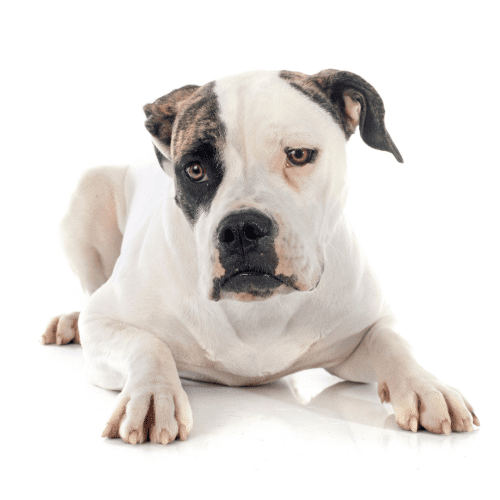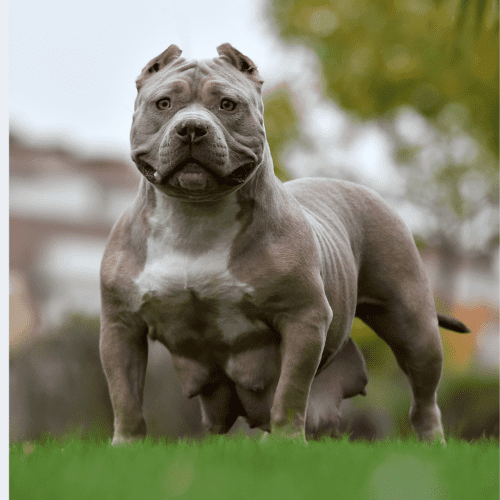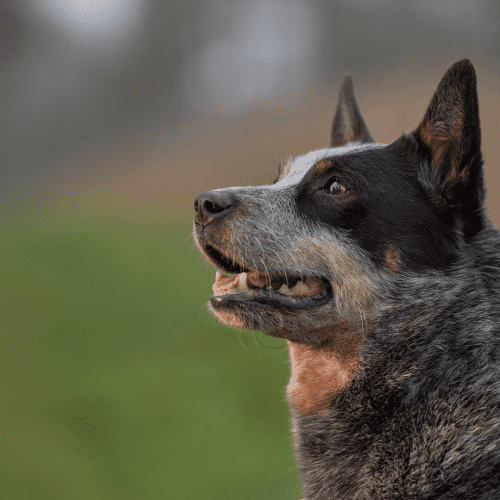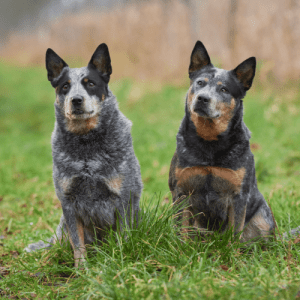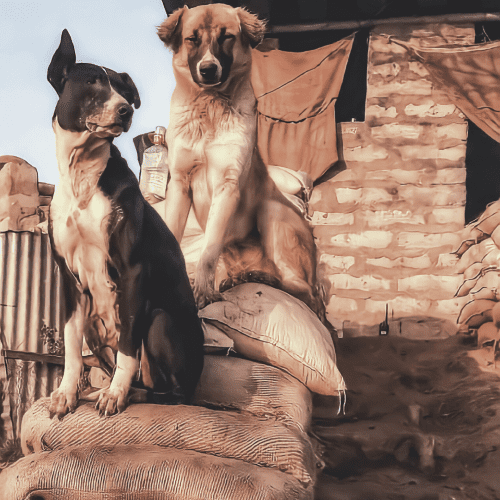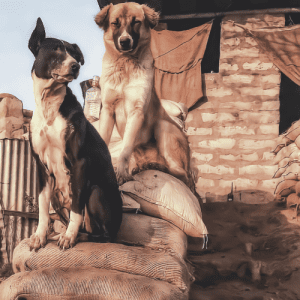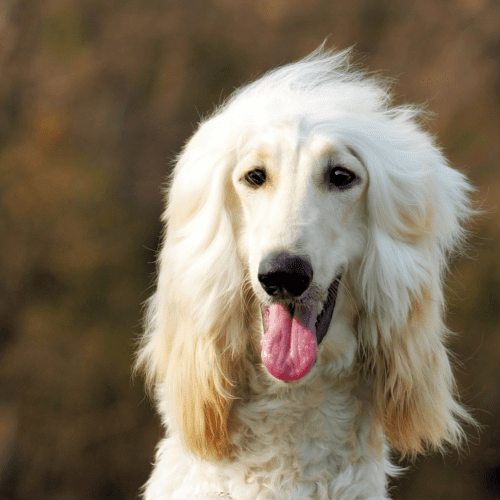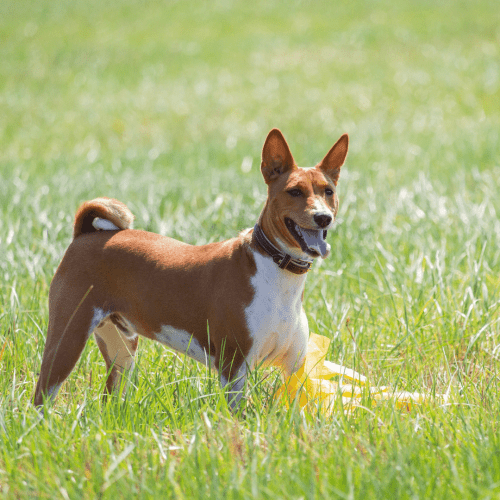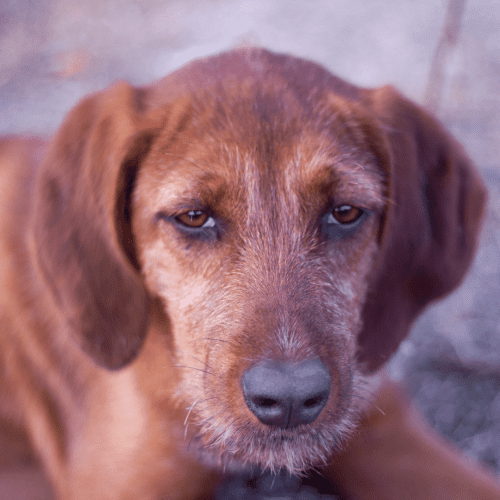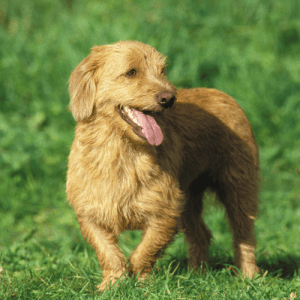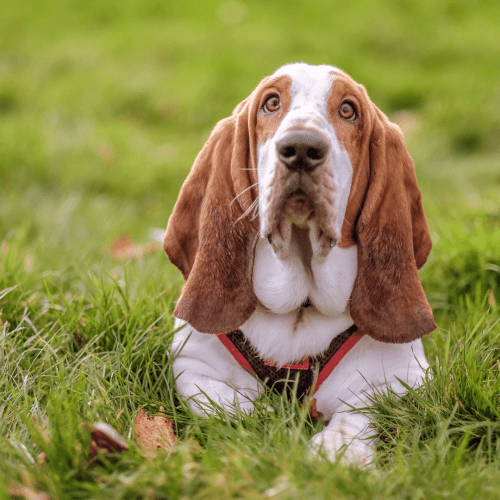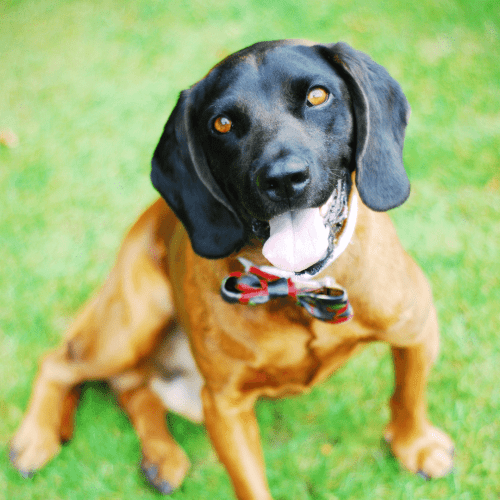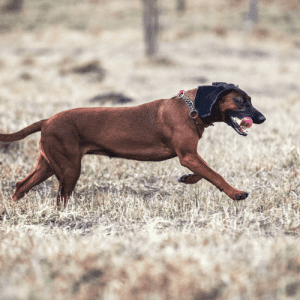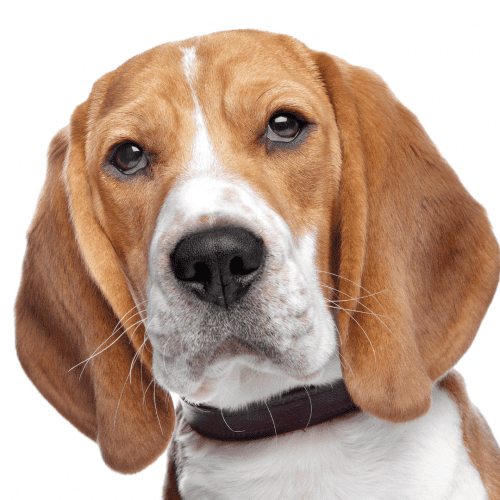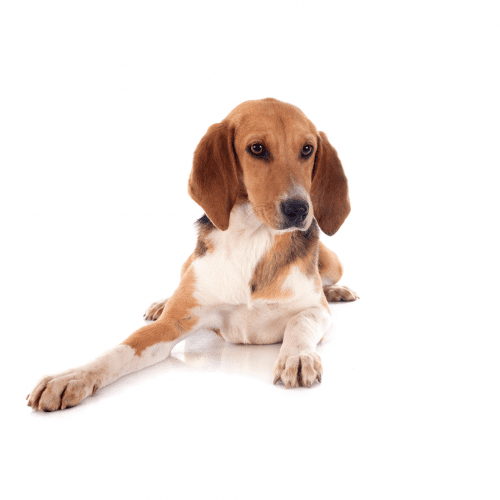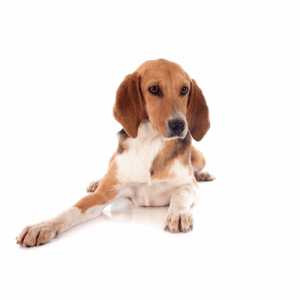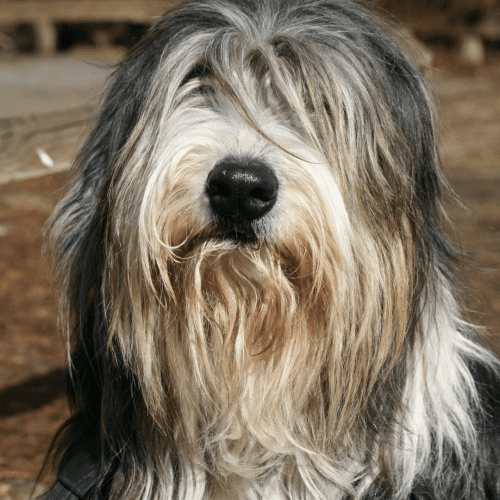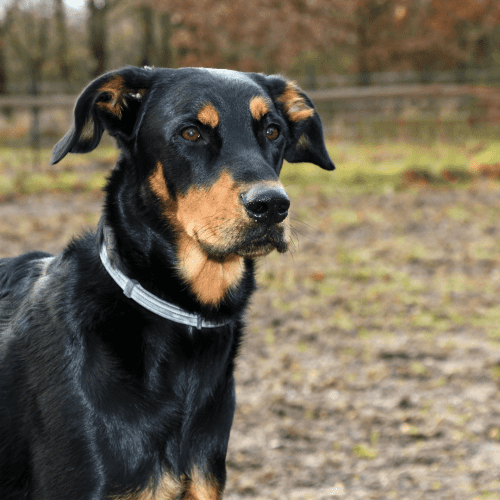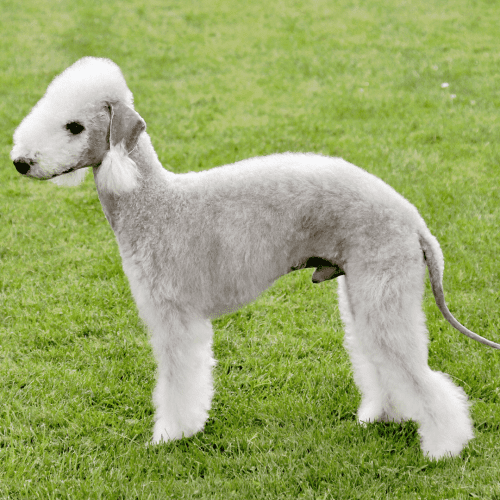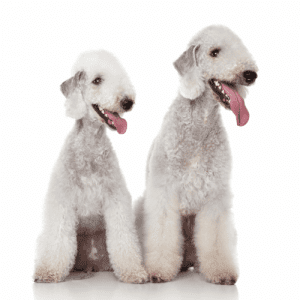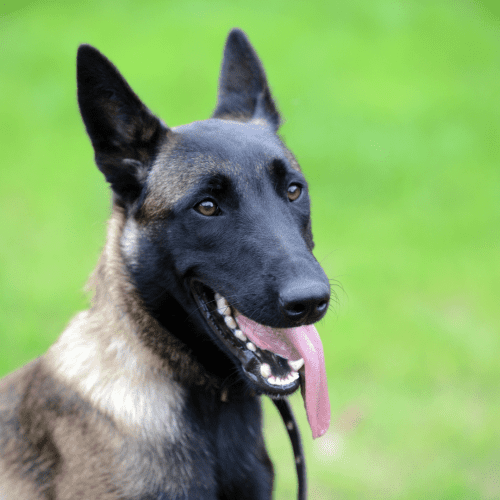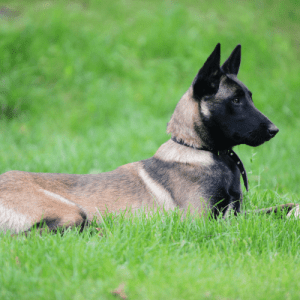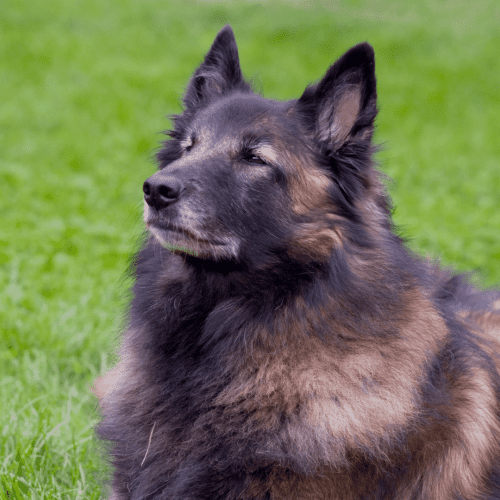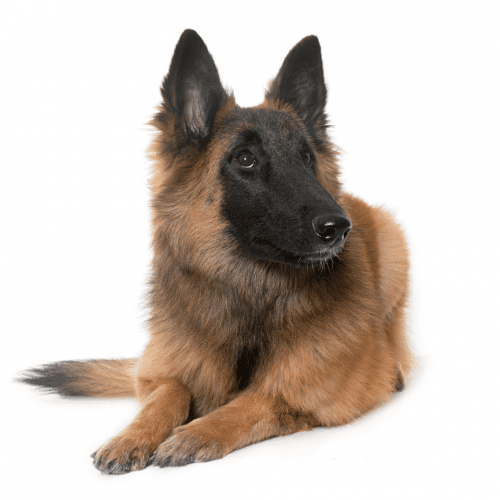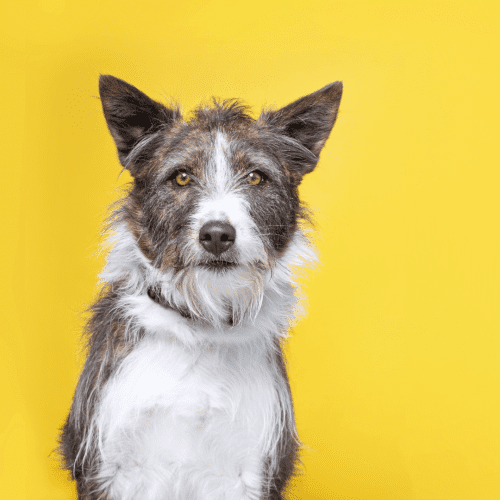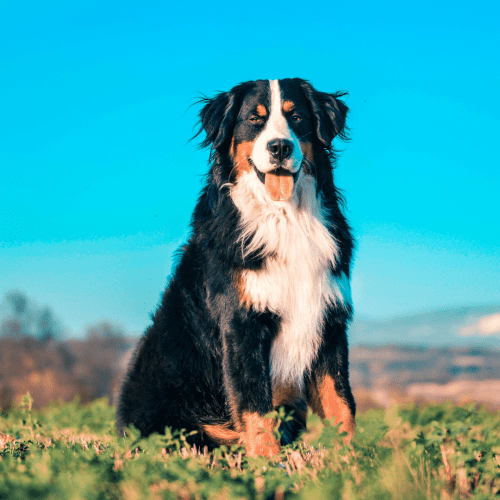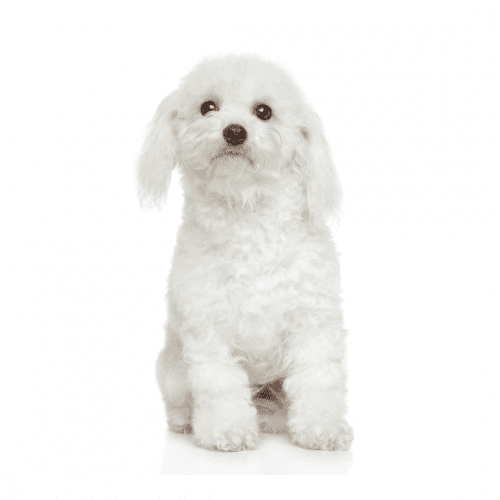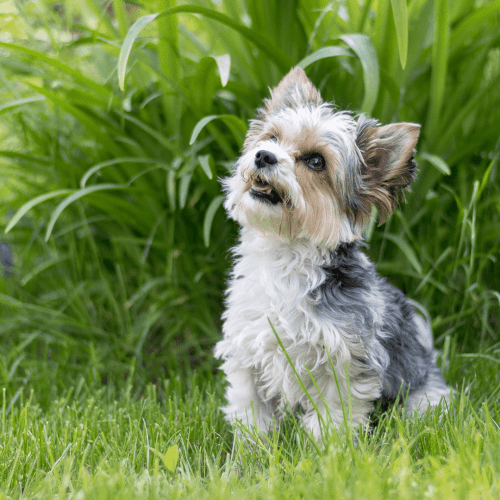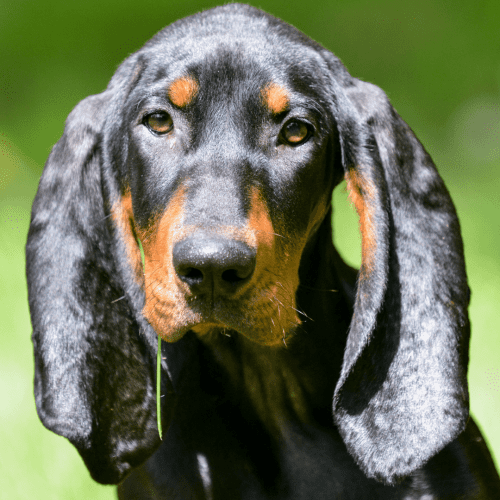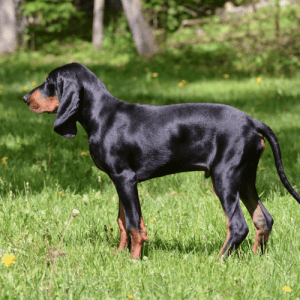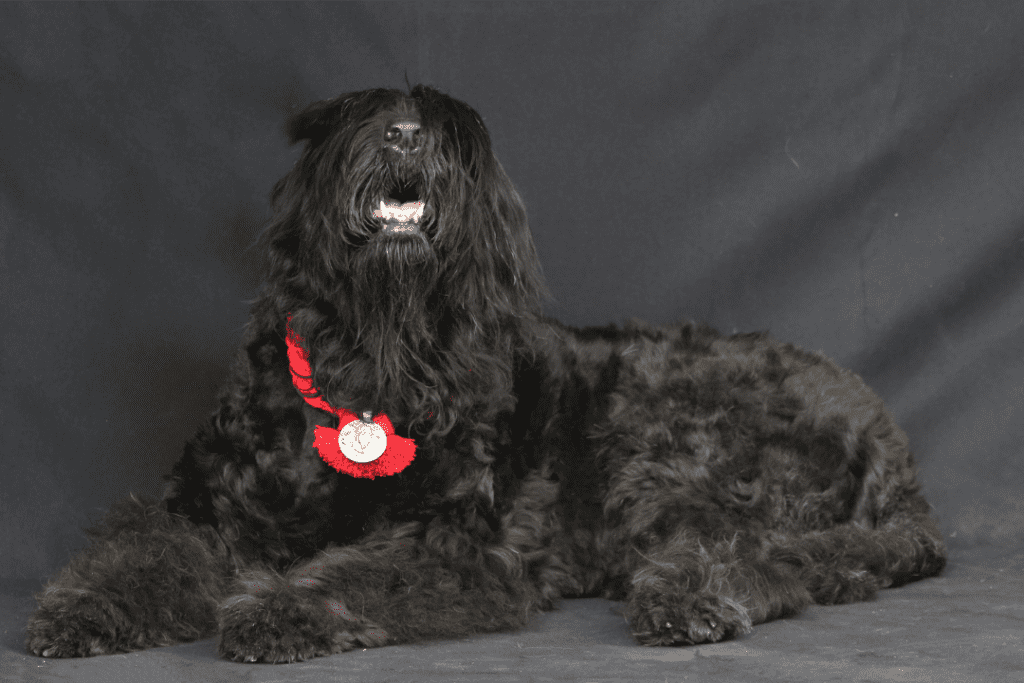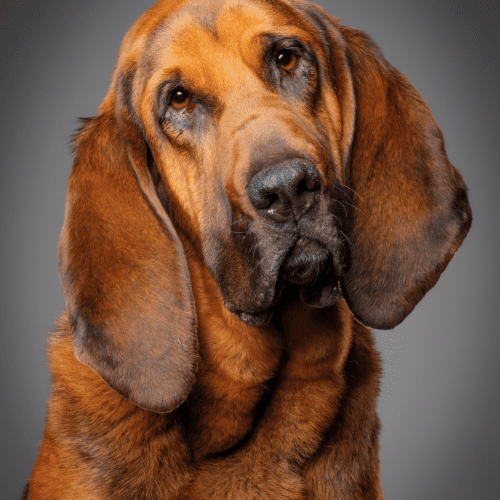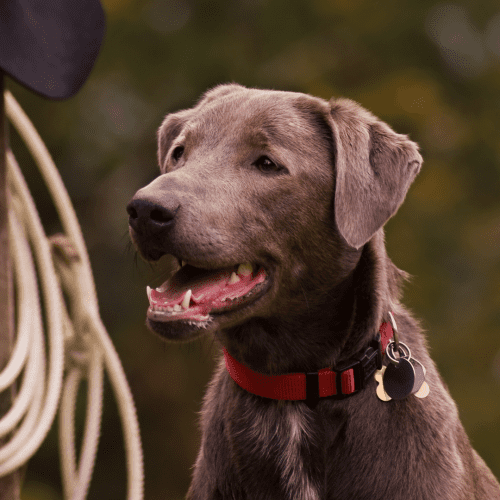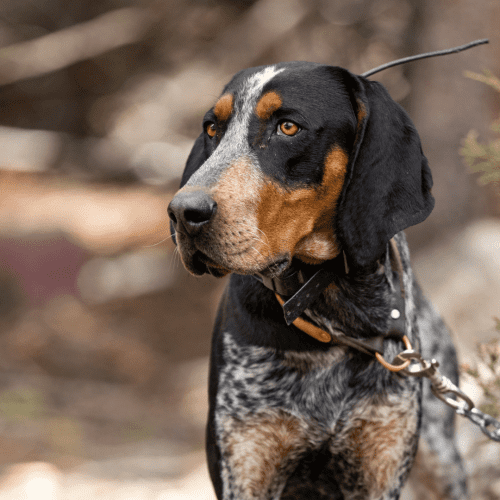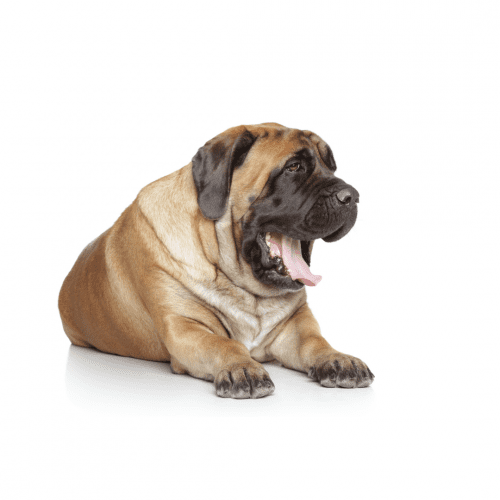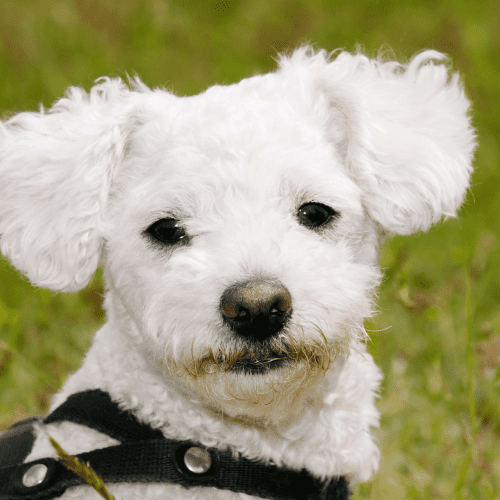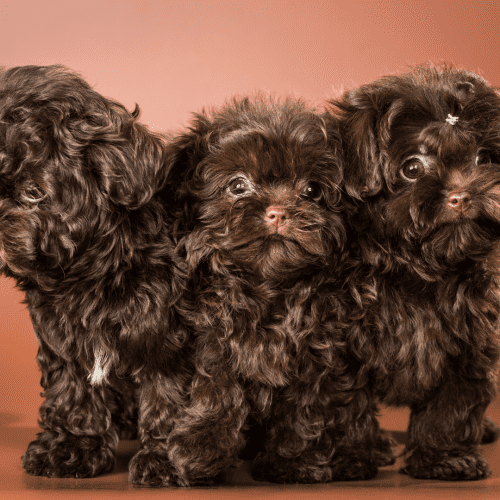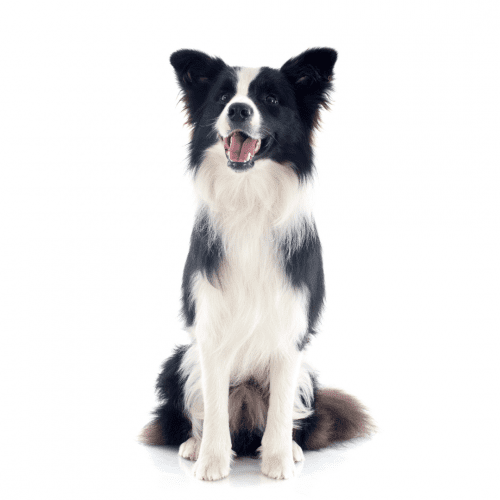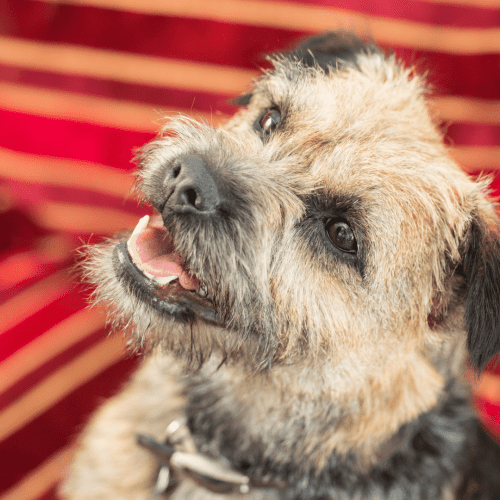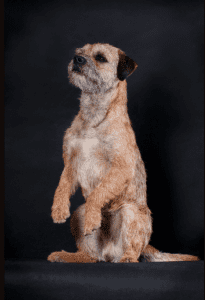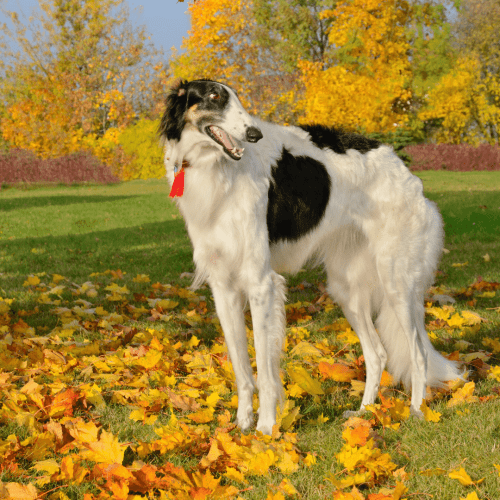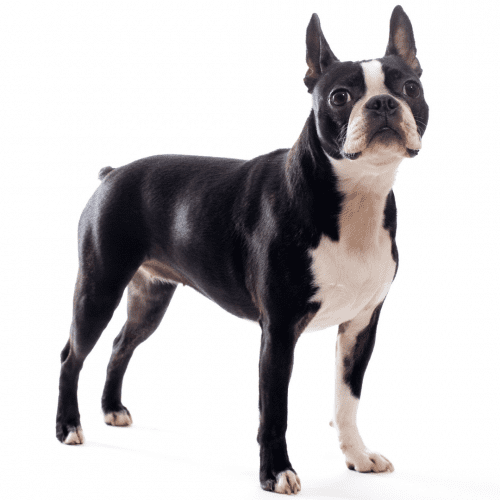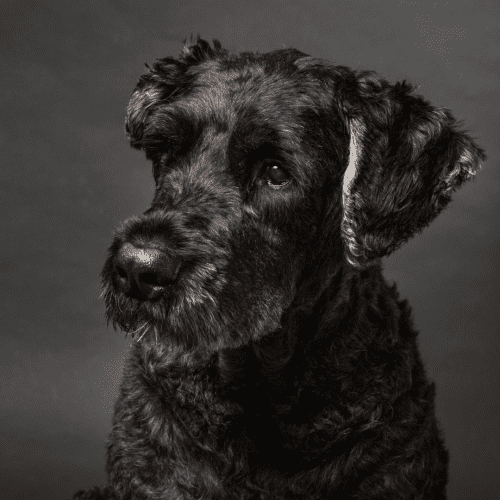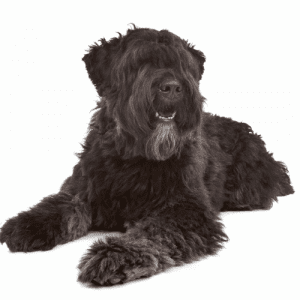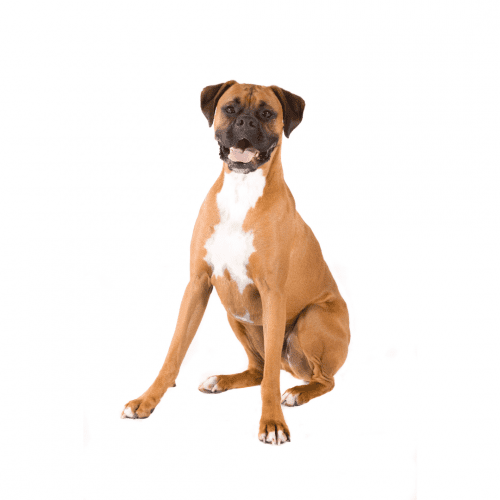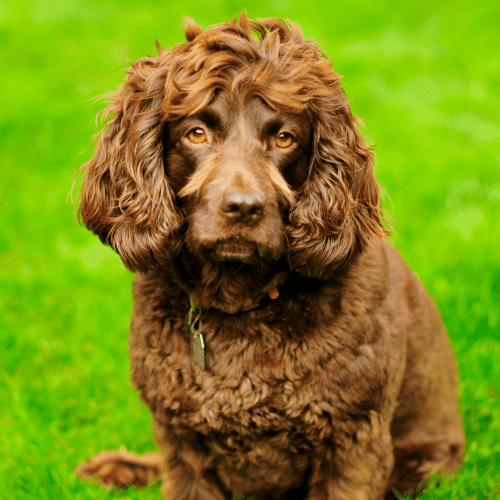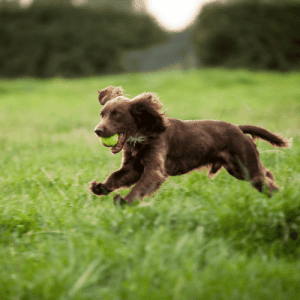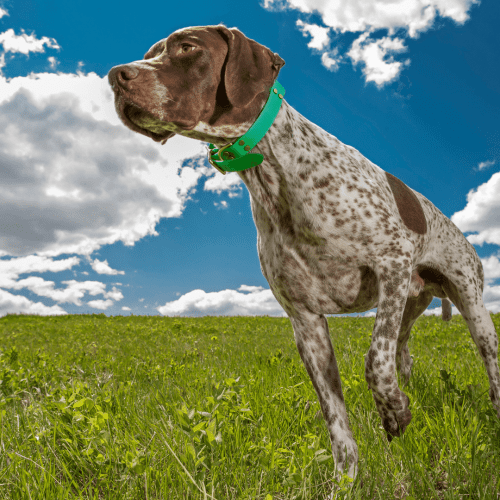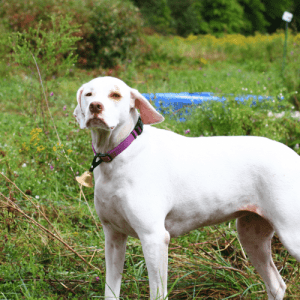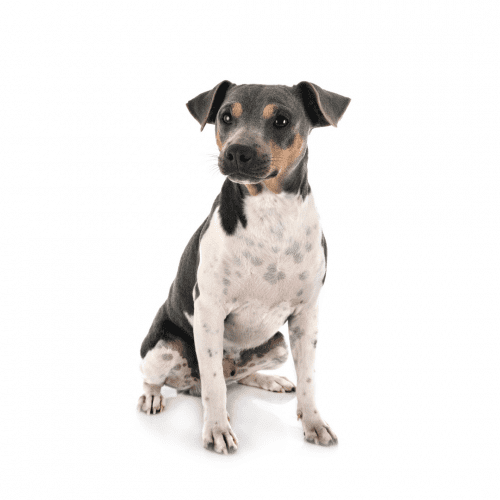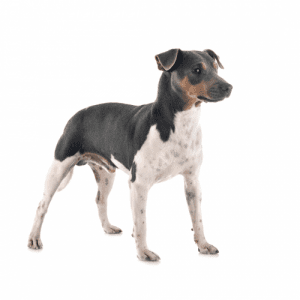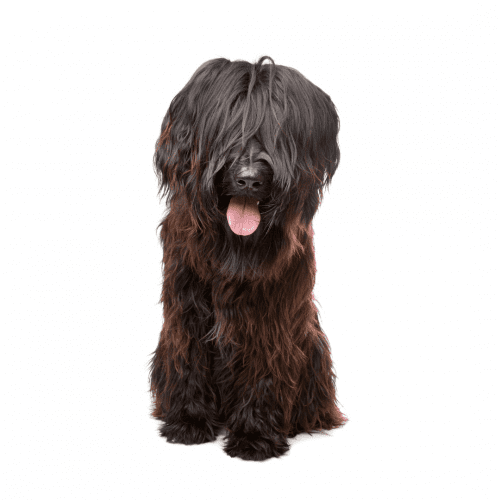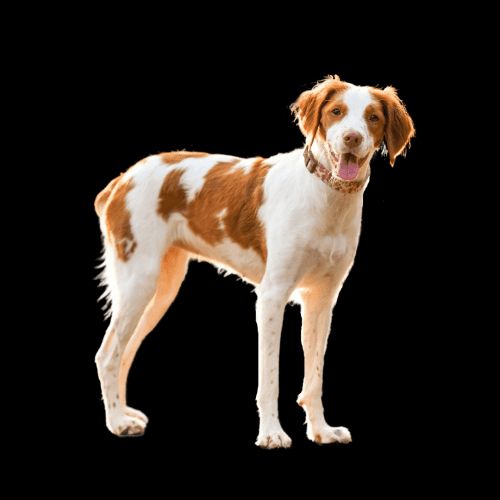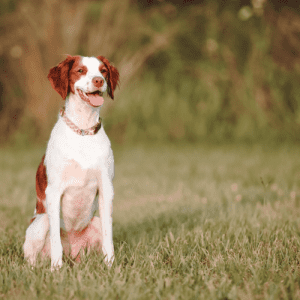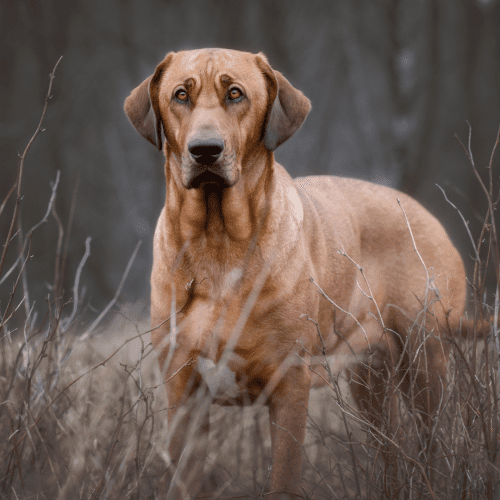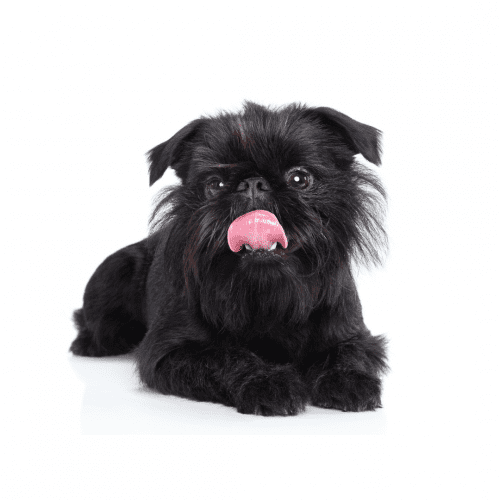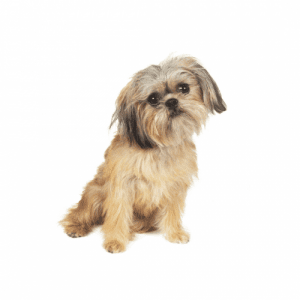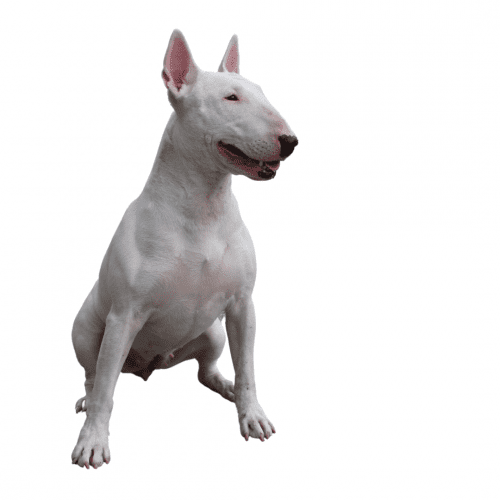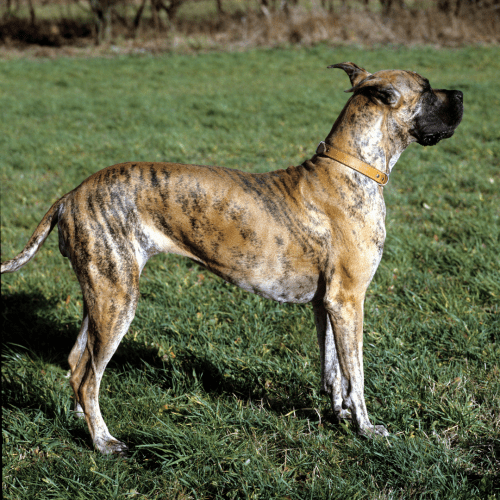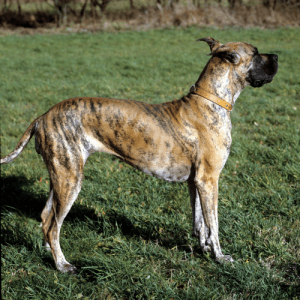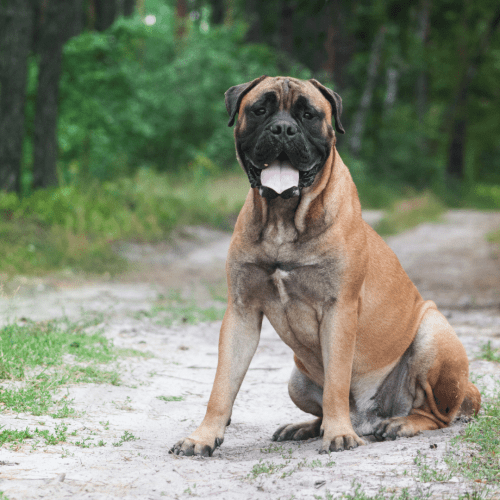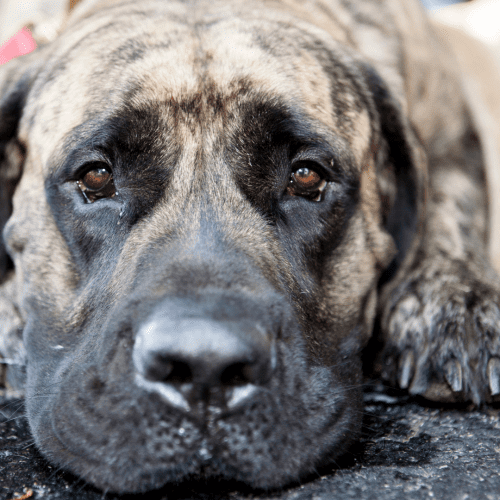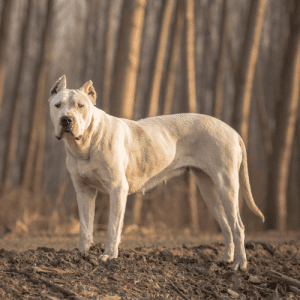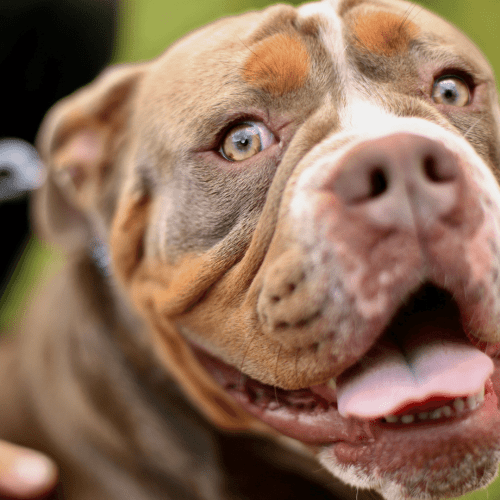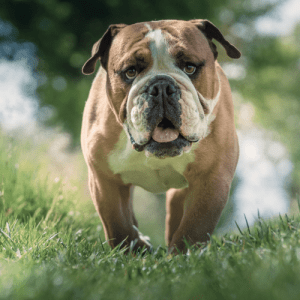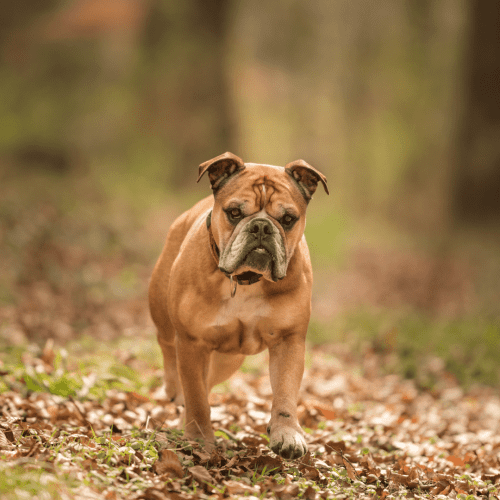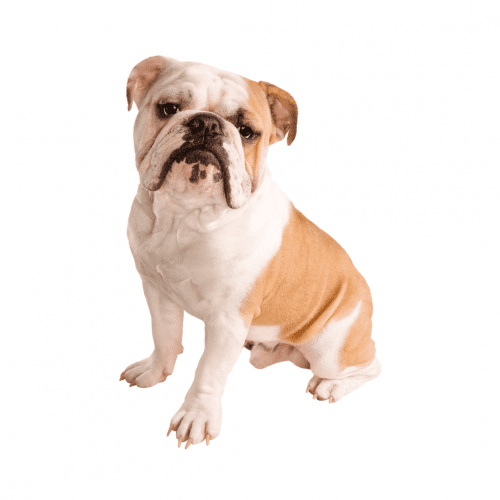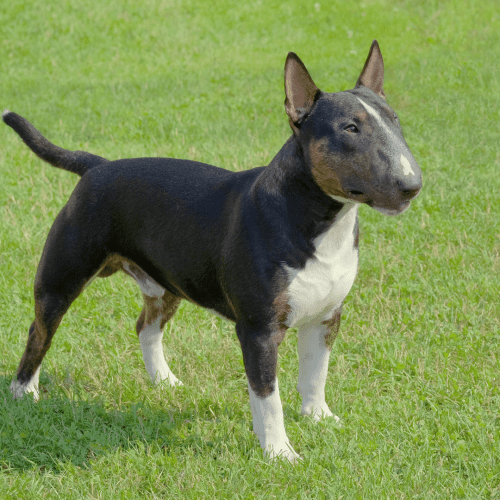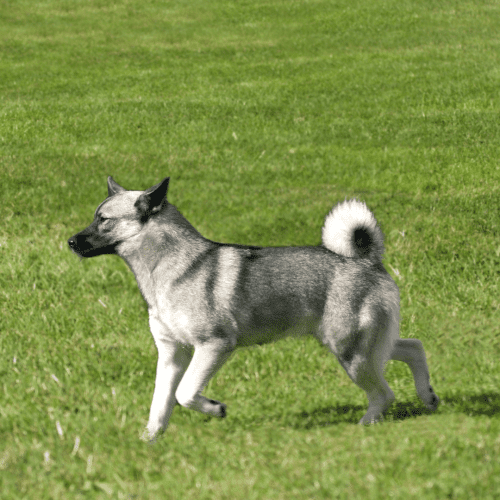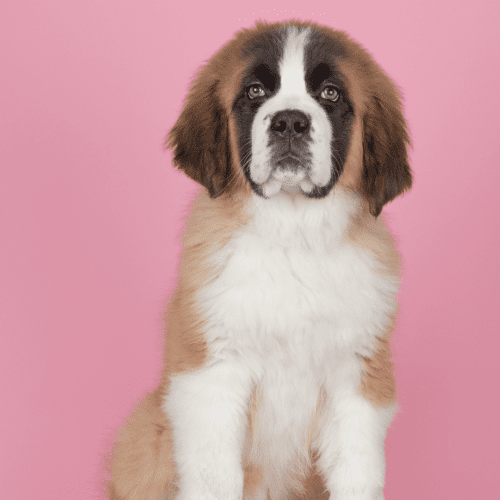
What Is The History Of The Africanis Dog Breed?
Africanis is a term used to describe indigenous South African dogs. The term is not breed-specific and encompasses a wide variety of shapes, sizes, and coat types. Africanis are thought to be the descendants of ancient Egyptian and sub-Saharan breeds brought to the continent by early humans. These robust and versatile dogs were well-suited to the climate and terrain of Africa and quickly adapted to life in the wild. Africanis served as loyal companions, hunting partners, and watchdogs for centuries before becoming popular pets in Europe and North America. Today, Africanis remain relatively rare outside their homeland but are prized for their intelligence, athleticism, and zest for life.
What Does an Africanis Dog Look like?
The Africanis is a type of African dog characterized by its short, smooth coat. The coat can be any color but is most commonly seen in black, white, tan or Brown. The Africanis is a medium sized breed, with a long slender muzzle, and a slight build. Africanis dog has a short coat and does not require a lot of grooming. However, the breed is known for being active and playful and may require more exercise than some other breeds.
How Big Is An Adult Africanis dog?
The average size of a male Africanis dog is about 20 to 24 inches tall at the shoulder, while the average size of a female is about 22 inches. However, there is some variation in size between individual dogs. Some may be as small as 20 inches tall, while others may be as large as 26 inches. In general, though, most Africanis dogs fall somewhere in the middle of this range. Male dogs also tend to be slightly larger than females on average.
Regarding weight, Africanis dogs typically range from 40 to 60 pounds. Again, there is some variation here, with some dogs on the smaller or larger end of this spectrum. Overall, most adult Africanis dogs fall within this weight range. So, if you’re wondering how big an adult Africanis dog is, the answer is that they are typically medium-sized dogs, with males slightly larger than females on average.
Are There Other Dog Breeds Related To The Africanis Dog?
Several dog breeds are considered to be African dogs. These include the Rhodesian Ridgeback, Aidi, Boerboel, Azawakh, Sloughi, African Hairless, and the Coton de Tulear. These breeds share a common ancestry and have many similarities in appearance and temperament. However, they also have some distinctively different features that make them unique.
What Is The Life Expectancy Of An Africanis Dog?
The average life expectancy of an Africanis dog is 10-12 years. Some dogs have lived much longer – up to 20 years or more. Of course, the key to a long and healthy life for any dog is good nutrition and regular exercise. Africanis dogs are relatively active and do well with a moderate amount of daily exercise. They are also generally quite hardy, although they can be prone to certain health conditions such as hip and elbow dysplasia. With proper care, an African dog can enjoy a long and happy life.
Can An Africanis dog Be Trained?
Yes, an Africanis dog can be trained to do various things. They are intelligent dogs and can be taught basic obedience commands, tricks, and even agility coursework. Like all other dog breeds, they will require patience and consistency from their owners during training and you can train your Africanis dog to do just about anything you want them to!
What Are Some Interesting Facts About A Africanis dog?
1. The Africanis is a relatively new dog breed, having only been officially recognized in the last few decades.
2. Africanis are known for their loyalty and affection towards their owners and their trainability.
3. Africanis is considered to be one of the hardiest dog breeds, able to withstand extreme weather conditions and parasites.
4. Africanis can in variety of colors but have one distinctive black patch found on the tail.
5. No major kennel club recognizes Africanis, but several breeders are working to change this.
How Does An Africanis dog Interact With People?
The Africanis dog is a loyal and loving companion that enjoys spending time with people. They are intelligent and easy to train, making them a popular choice amongst families and individuals. Africanis dogs are also known to protect their owners and make excellent guard dogs. Although they can be aloof around strangers, they are generally friendly and outgoing once they get to know someone. With proper socialization, an African dog can make a great addition to any home.


